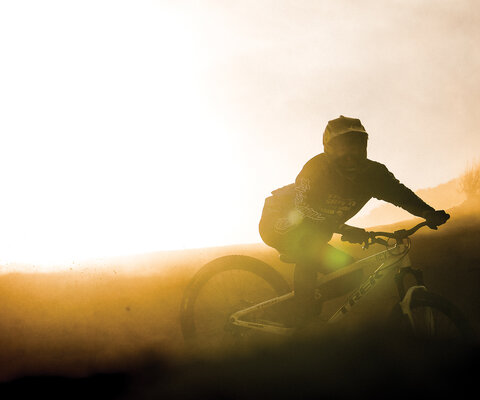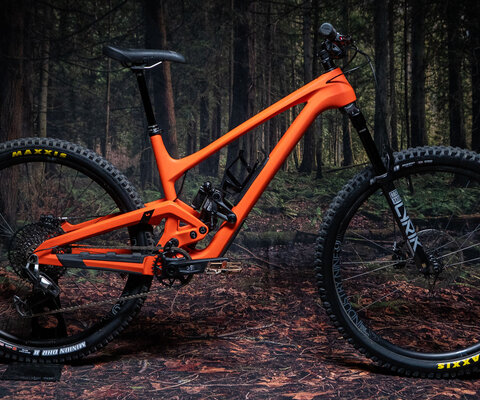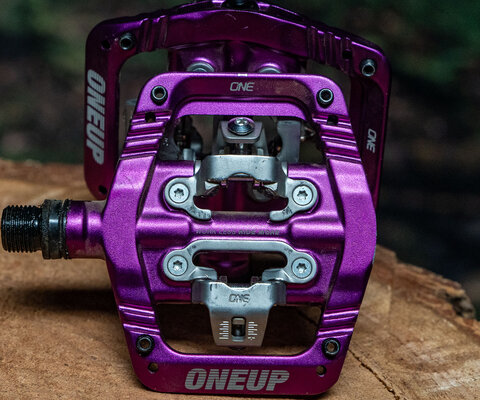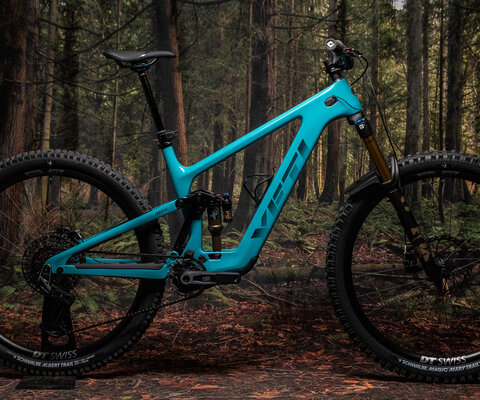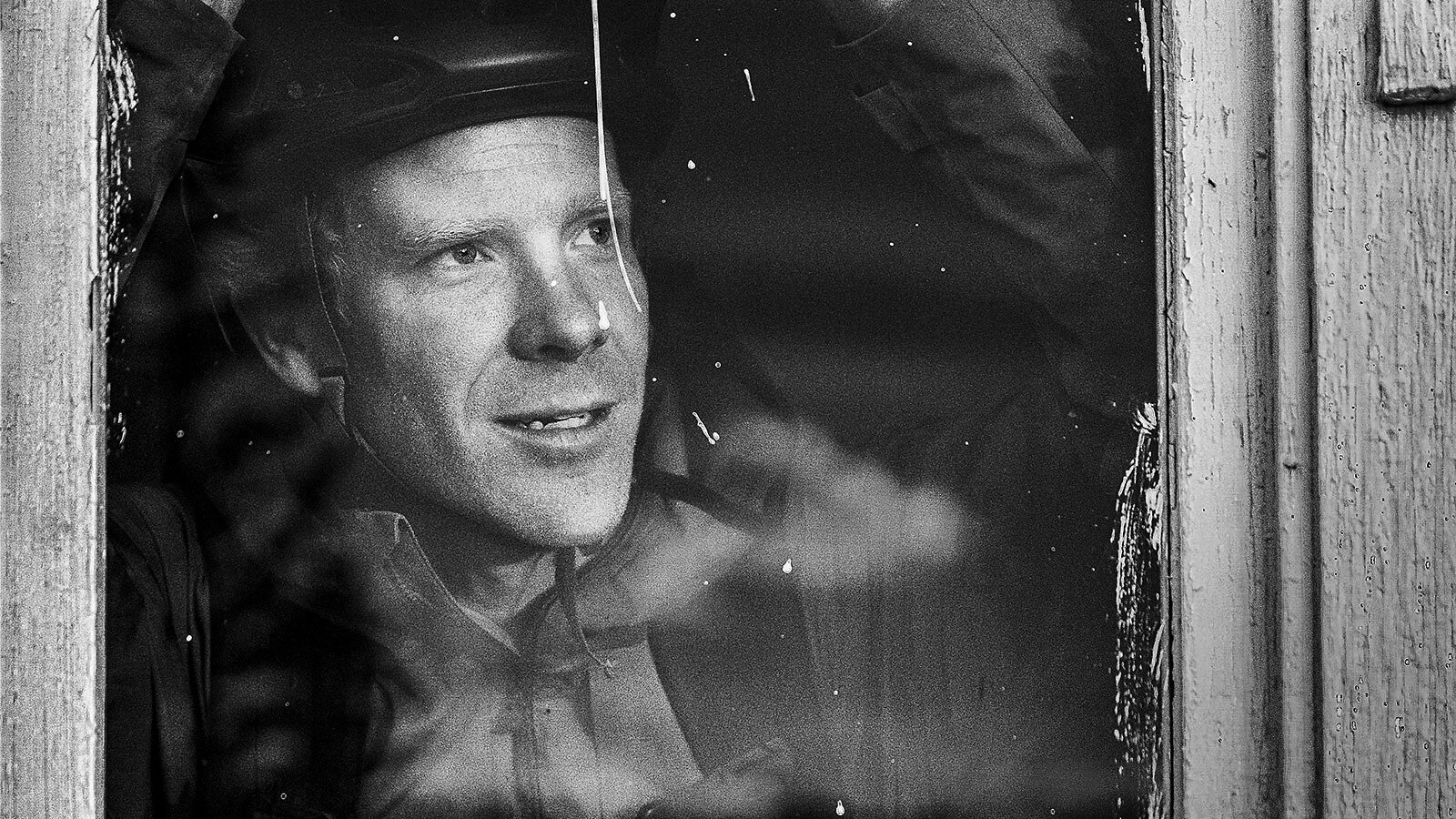
The Living Present Matt Hunter's Modest Gift to Mountain Biking
Words by Brice Minnigh
Thick sheets of snow are whipped sideways by a stiff wind sweeping across a rocky mountainside. Little can be heard above the howling gusts that have driven a dispirited team of adventurers into tents barricaded by windbreaks of stacked granite slabs. It’s June of 2013, and the riders are 11 days into what they hope will be a world-first mountain bike traverse of Afghanistan’s otherworldly Wakhan Corridor.
With several 16,000-plus-foot passes remaining to be crossed, the unrelenting whiteout conditions have some questioning whether the mission will be possible. Morale is ebbing toward the lowest point of the expedition. Suddenly, a lighthearted chuckle echoes through the camp, followed by the hasty unzipping of a tent fly. Barely visible through the blizzard, Matt Hunter emerges, beaming with the contentment of a monk who has just achieved another level of enlightenment.
“Whoa, dudes, it’s coming down!” he laughs excitedly, pointing at the dark clouds obscuring the 16,416-foot-high Karabel Pass the crew had hoped to negotiate by late afternoon. “It’s like 2 p.m. and we’re just hangin’ out in the tents!”
It might surprise some that a rider renowned for stomping some of the most imaginative jumps in freeride history could be so cheerful while snowbound in one of Earth’s most inhospitable environments. But to those who know him, it makes perfect sense. There are few places where Hunter feels more at home than in the hinterlands, far from the strictures and superficiality of society. Here, sandwiched between the Pamirs of Tajikistan, the Tian Shan of Northwest China, and Pakistan’s towering Karakoram and Hindu Kush ranges, he could scarcely be happier.
Seamlessly melding work and play, Hunter is on the job, serving as an easy protagonist in “Forgotten Dirt,” an adventure movie by Anthill Films. And though he doesn’t yet know it, he’s on the way to nabbing another cover of Bike magazine. Most importantly, he’s with good friends, riding his bike in a far-flung region he’d never dreamed of exploring.
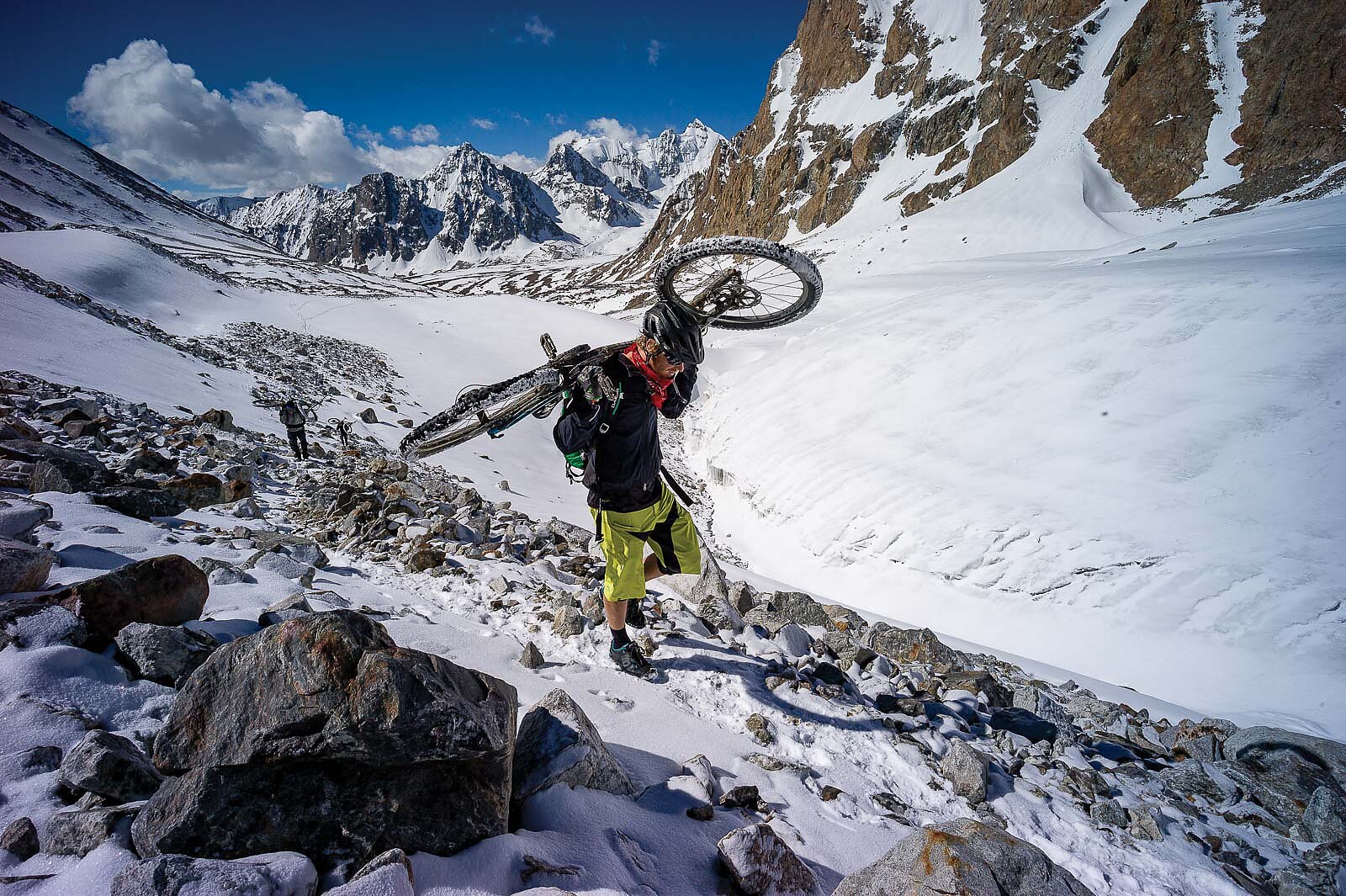
At the same time, he’s extending his professional riding career far beyond the shelf life of most freeriders by effortlessly transitioning into an adventure-riding chapter that will make him even more beloved by an ever-growing global audience. For Hunter, this is an instinctual progression—one that mirrors his outdoor-oriented upbringing in Kamloops, British Columbia. He’s been on this path since his parents took him on his first wilderness walkabout, engendering a lifetime of insatiable curiosity for the treasures that nature hides in plain sight.
Ten years and myriad adventures since the Afghanistan journey, Hunter is more relevant now than ever. At 40 years old, he’s celebrating his 20th anniversary with sponsor Specialized Bicycles—a rare achievement in the fickle realm of action sports. With a career spanning so many shifts in mountain biking—from freeride to adventure to everyday trail riding—some argue he’s the most influential off-road ambassador the “Big Red S” has ever supported.
“From a global perspective, it’s worth debating whether he’s had an even bigger overall impact than Ned Overend,” says photographer Sterling Lorence, whose images have chronicled Hunter’s trajectory from 2003 to the present. “Who’s the guy who’s been traveling all over the world, riding so many different bikes in so many different ways, in so many different nations, for the last 20 years? Matt Hunter.”
Just a few years into his career, Hunter had already made a name for himself with his high-speed style and fearless approach to massive jumps that few of his peers would dare to contemplate. After exploding onto the scene in 2003 by winning the second-annual Ultimate Freeride Challenge, a video contest sponsored by Race Face, he quickly attracted the attention of filmmakers such as The Collective (now known as Anthill Films). Impressed by his tireless work ethic and ingenious interpretation of the rolling hills around Kamloops, they set about documenting his ambitious exploits—a task that was not for the faint of heart.
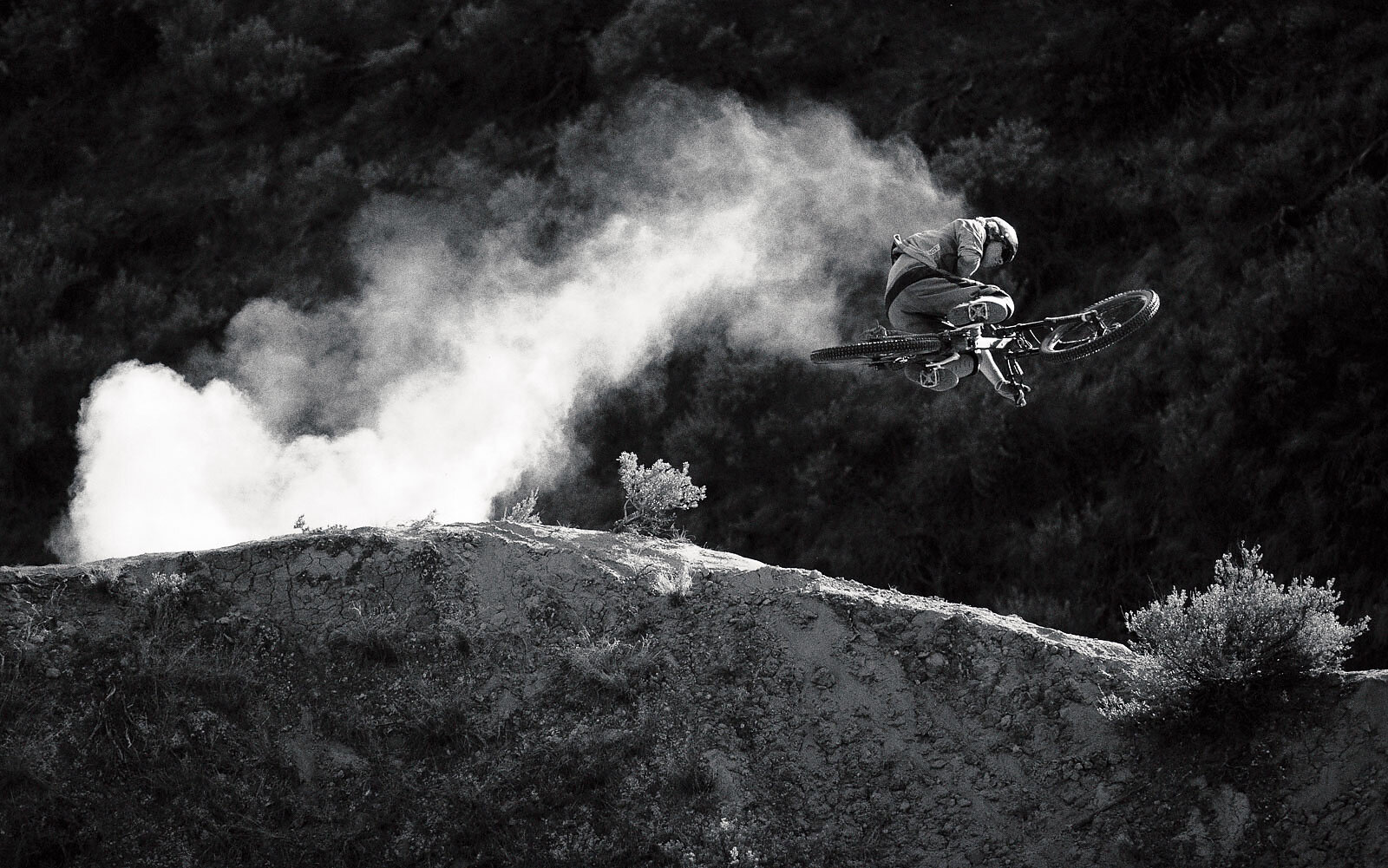
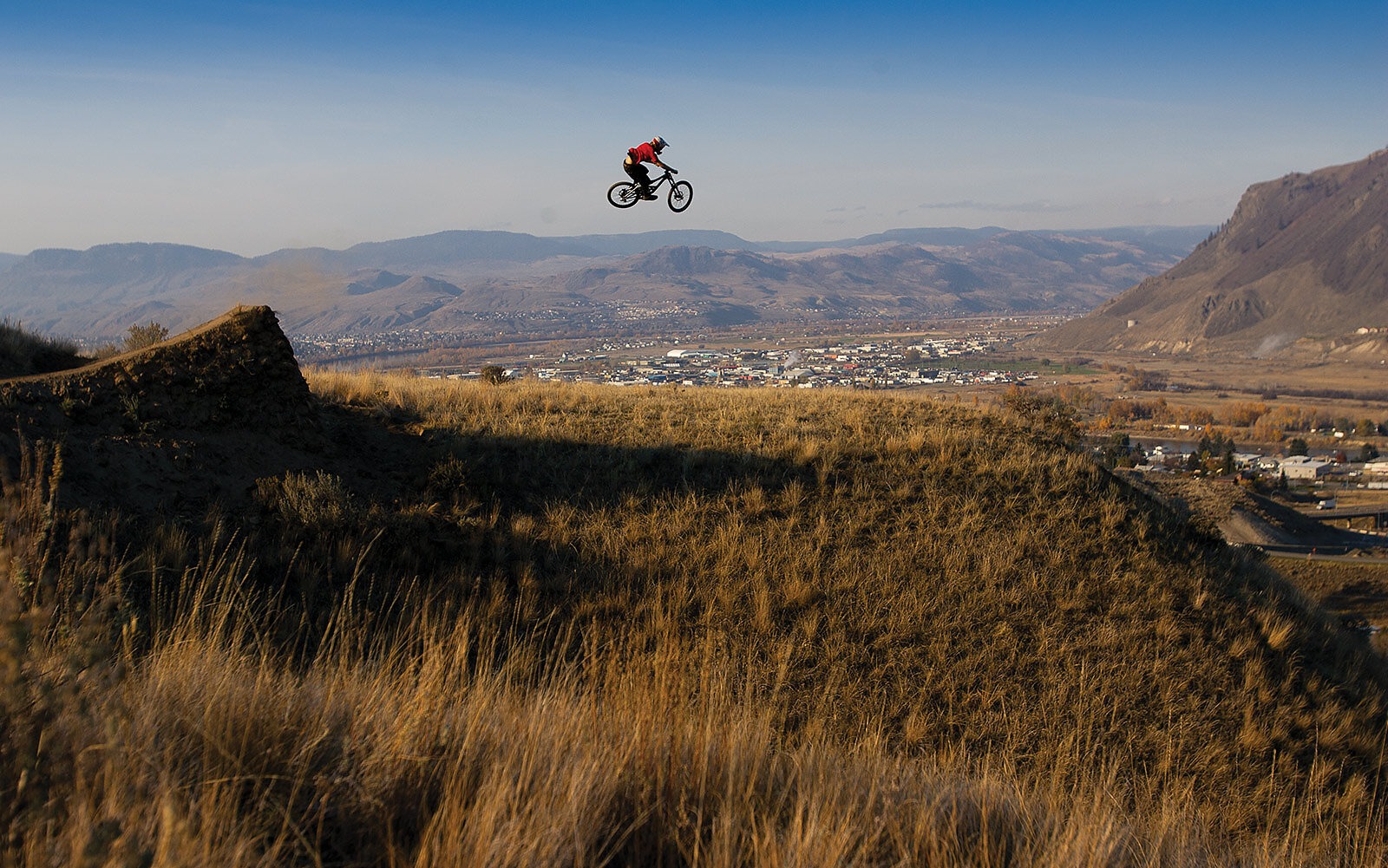
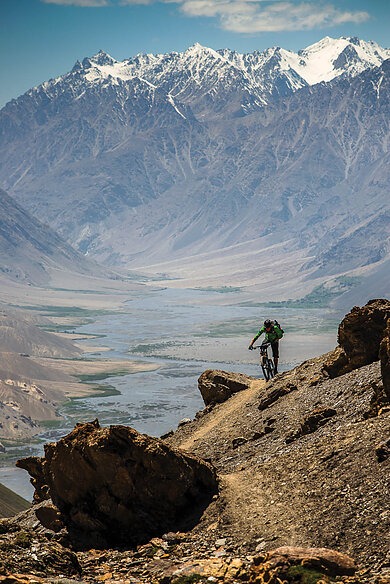
“For those early Collective movies, we’d get out to Kamloops, and he’d have these enormous gap jumps planned,” says Anthill Films’ co-founder Darcy Wittenburg. “He’d hit one, crash hard, and hurt himself. Then as soon as he recovered, he’d go back, hit the same jump again and land it. That pattern just kept happening over and over and over again.”
Each of these triumphs was monumental in its own right, earning him unforgettable segments in The Collective’s first three films. In their second movie, “Roam,” Hunter’s tour de force was a gargantuan stepdown gap jump that knocked him out cold on his first attempt.
“That was a big one for me,” Hunter says. “On my first try, I got knocked out and was pretty concussed. Then a few months later I hit it again and landed it, and they put both parts in the film with some words like ‘three months later’ in the clip of my second try.”
For each movie, Hunter would up the ante with an even more harrowing stunt. By the time The Collective had begun filming its third movie, “Seasons,” he’d built a feature that would cement him in the annals of freeride history: the infamous “Cheese Wedge,” a snowboard-style booter into a heart-stopping 70-plus foot gap. Though he crashed on his initial attempt, injuring his jaw and tearing his lower lip almost clean off his chin, he remained undaunted, returning later to successfully land the move.
“I was completely blown away by that one,” says Matty Miles, now one of Hunter’s closest friends, who was an impressionable Kamloops kid at the time. “To this very day, that’s probably the biggest cheese wedge that’s been built in Kamloops, easily 75 feet to the knuckle, and he probably hit it 80 feet. His ability to take a big-mountain snowboard-like vision and apply it to mountain biking was huge, and it had a profound impact on the way people viewed the sport.”
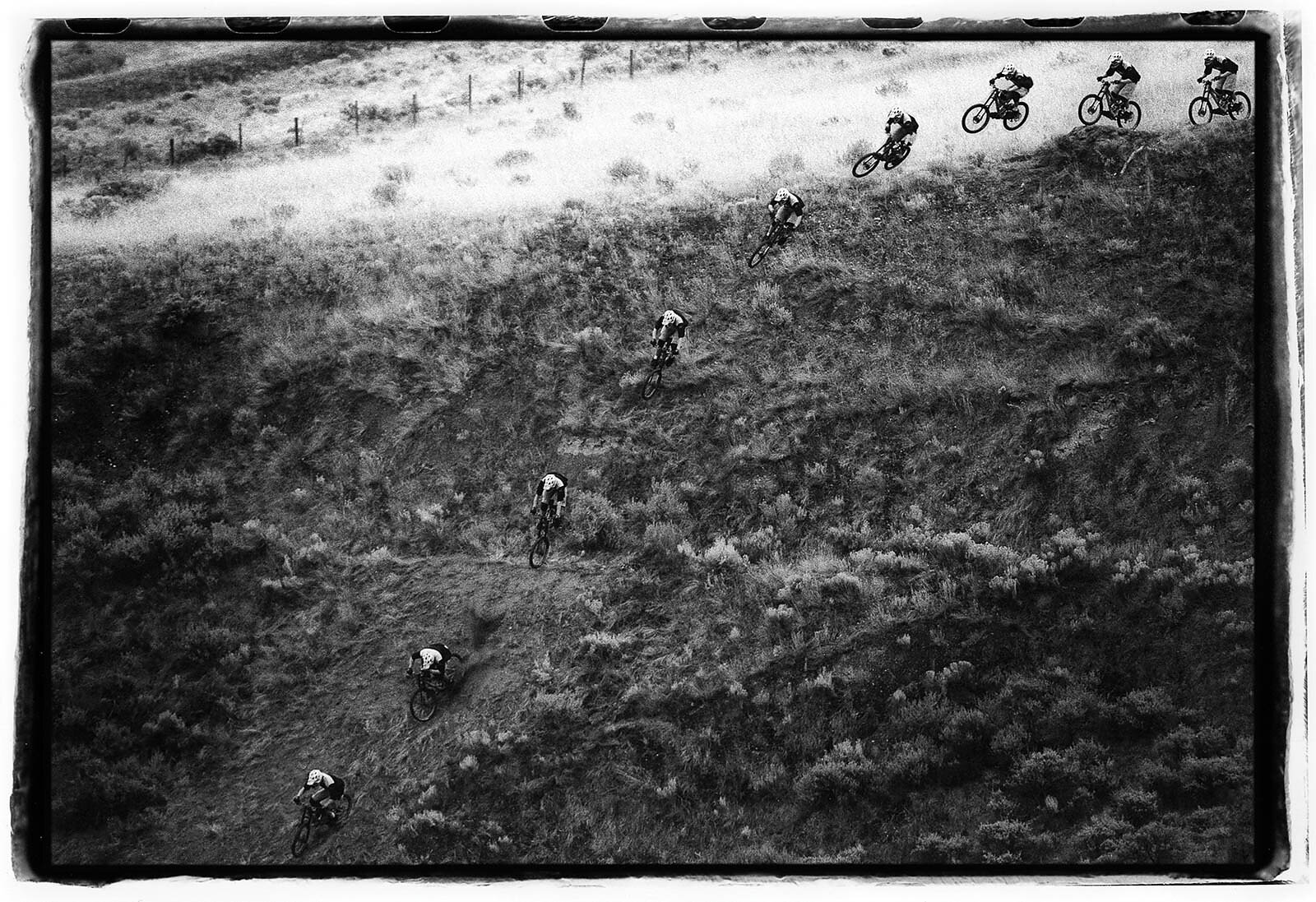
“WHEN HE FIRST SHOWED IT TO US, WE WEREN’T SURE WHAT HE WAS EVEN THINKING. WE WERE LIKE, ‘WHERE ARE YOU GONNA BUILD THE LANDING’? AND HE SAID, ‘THE WALL IS THE LANDING.’”
—DARCY WITTENBURG
While the size of these jumps was singularly impressive, many of Hunter’s freeride contemporaries were even more struck by the unique ways he used his hometown topography.
“The earliest freeride films were really raw, with riders mostly straight-lining steep ridgelines, and Matt and I were really inspired by them,” says Thomas Vanderham, who, along with Hunter and the likes of Darren Berrecloth and Steve Romaniuk, comprised the core of freeriding’s second generation. “But Matt’s approach was different. He was looking more at sculpting features into the terrain and doing wallrides and things that hadn’t really been done yet.”
One such wallride is what many consider the paradigmatic moment of Hunter’s freeride career: the now-legendary “gap to wallride” that was highlighted in Anthill Films’ 2010 movie, “Follow Me.” The wallride in question was actually a “cliff-ride” runout of a gigantic gap from a wooden ramp that Hunter had built using materials he’d gathered nearby.
“When he first showed it to us, we weren’t sure what he was even thinking,” says Wittenburg, who helped film the spectacle. “We were like, ‘Where are you gonna build the landing’? And he said, ‘The wall is the landing.’ The first time he hit it, he went straight into the cliff, landed on his bike, sliced his nutsack, and had to get it stitched up. After he recovered, we went back to film it again, and he totally rode out the landing. It was unbelievable.”
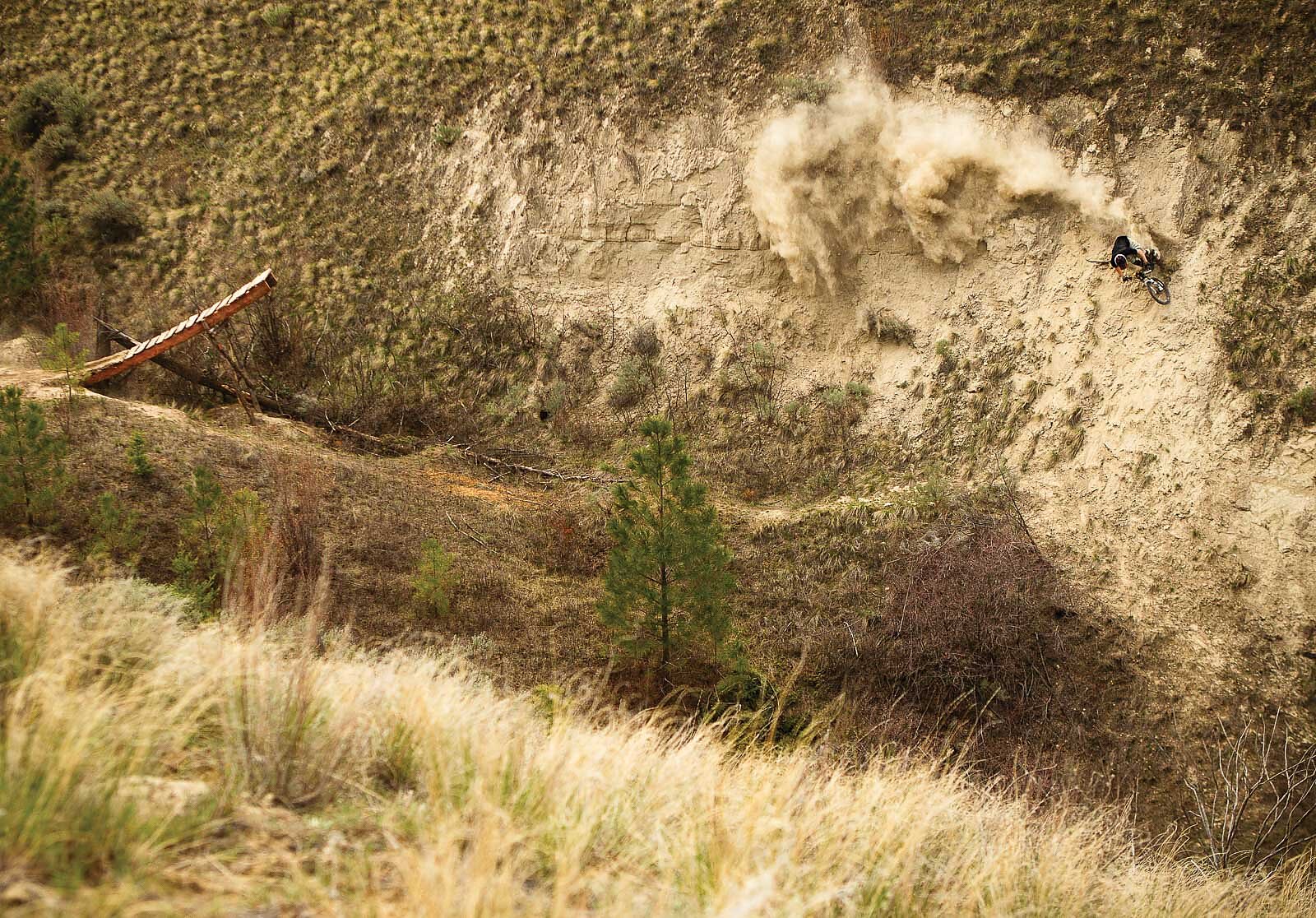
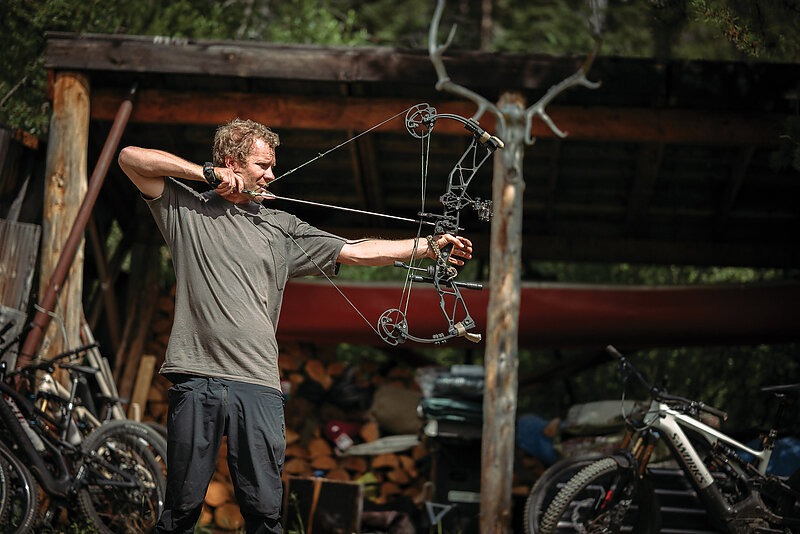
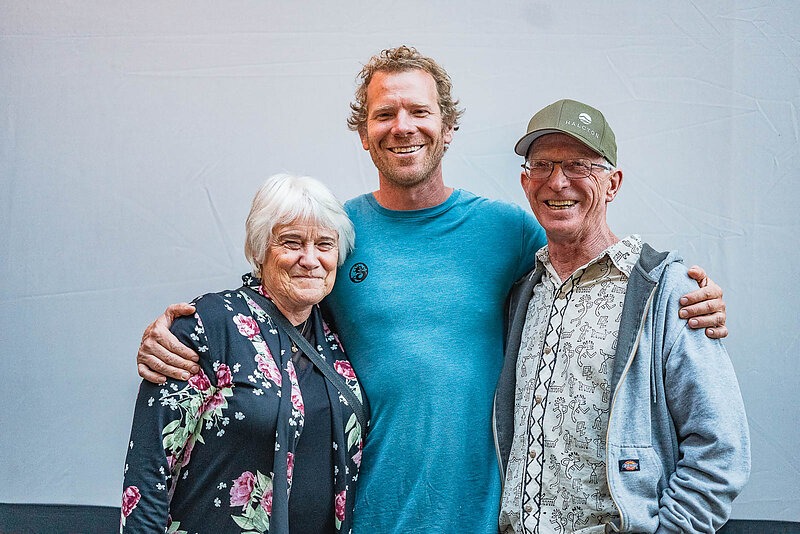
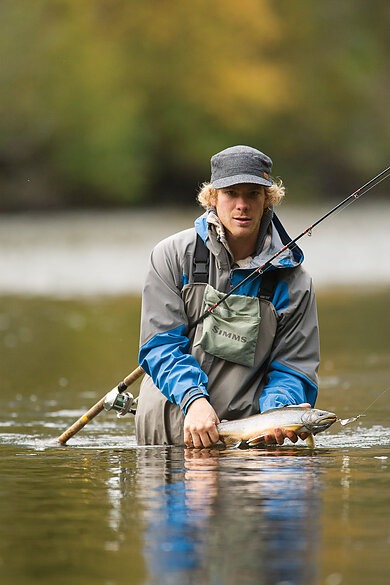
Not only were these heroics immortalized in “Follow Me,” but the powerful still image that photographer Lorence captured was published as a foldout cover of Bike magazine, searing the iconic moment into the minds of thousands and confirming Hunter’s status as one of the planet’s most inspired riders.
“He’s a true original,” says none other than the Godfather of Freeride, Wade Simmons. “He’s a freerider’s freerider. When I look at his lines, I’m like, ‘Wow, that’s creative. That’s something I really wanna ride.’ And when you do something that’s never been done before, it’s a seismic shift that can change the perspective of an entire generation of riders.”
Though these flashes of celluloid greatness catapulted Hunter into the upper echelon of professional mountain bikers, he has always remained grounded, and his unassuming, down-to-earth demeanor has given added appeal to riders worldwide.
Nowhere has this resonated more than through his wildly popular “Trail Hunter” video series—which typically features him traveling around the world in search of sublime singletrack. The universal nature of this act, coupled with his unbridled passion for the experience, has arguably endeared him to the average mountain biker more than all of his extraordinary freeriding accomplishments combined.
“Matt has such a deep love for the outdoors,” says his father, Rob, who spent countless hours exploring the Kamloops countryside with his son during childhood. “Trail Hunter brings in so many other aspects of the outdoors, from camping to fishing to observing wildlife, and all of this is such a big part of his personality.”
Indeed, Hunter’s list of outdoor hobbies is extensive, from hunting to bowhunting to fishing to spearfishing to surfing, skiing, and snowboarding. And throughout his career, he’s dedicated substantial amounts of time to pursuing these interests with friends and family. Every year, he makes multiple family retreats to his cabin in Bralorne, B.C., as well as camping trips in Baja, Mexico. These excursions, along with regular, spontaneous outings in the woods around Kamloops, are essential to Hunter.
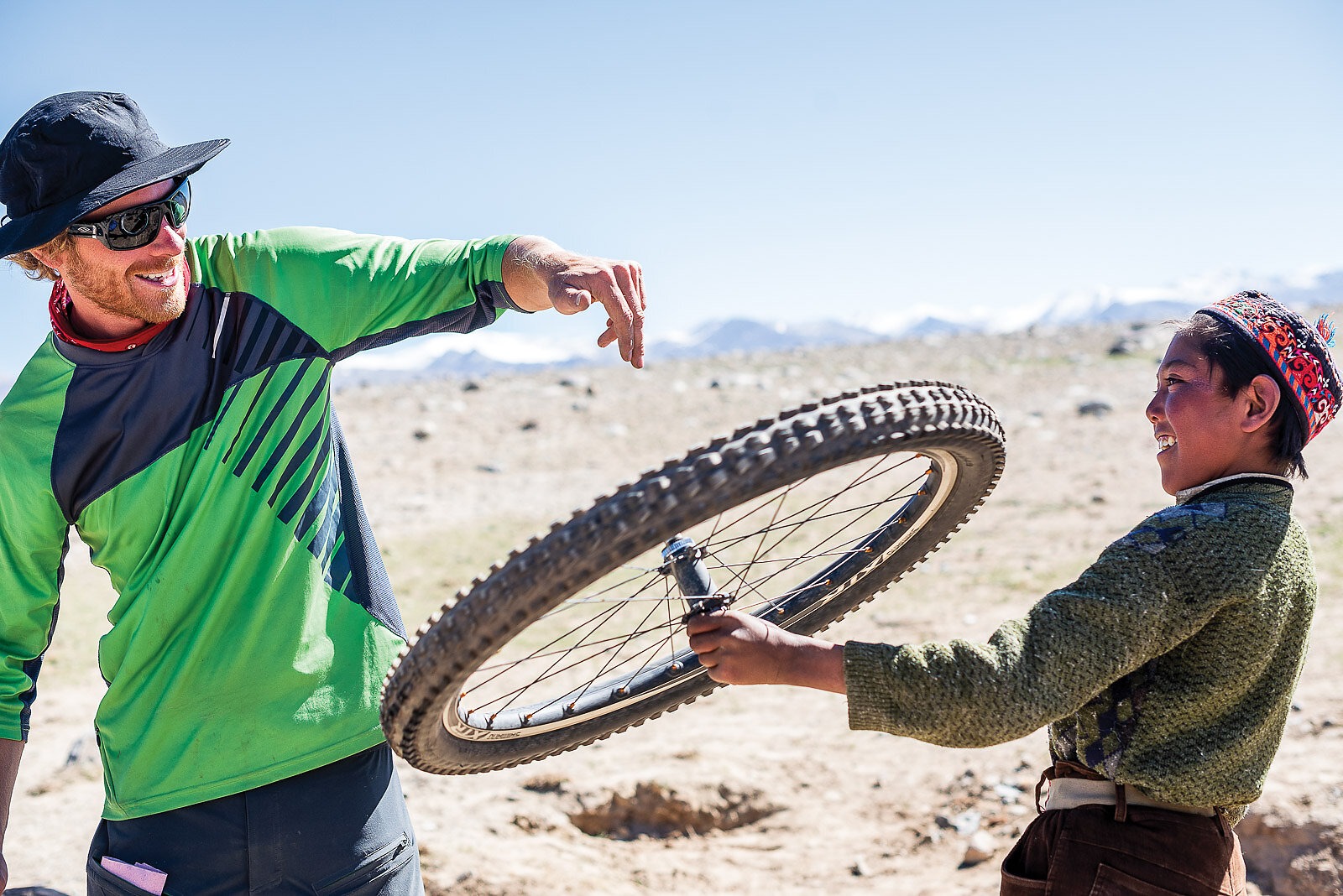
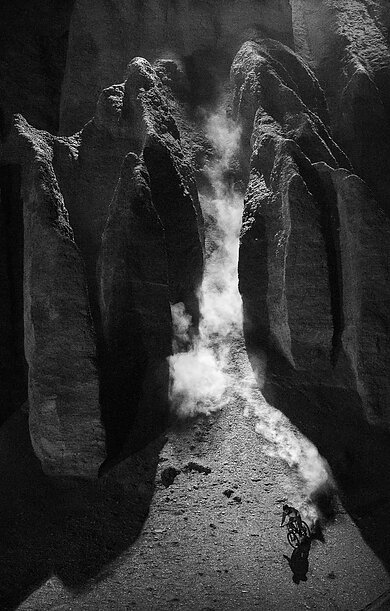
“When you become familiar with outdoor spaces and really get your finger on the pulse of what’s happening in nature, you realize just how much you’re missing when you’re not there,” Hunter says. “There’s never a time when you’re outside and don’t see something rad. There’s always something, without fail. That’s one of the reasons I have a hard time just chilling at home. I always feel like I’m blowing it if I’m not outdoors.”
While many of Hunter’s outdoor pursuits have some sort of goal, such as securing food for his family and friends, the main attraction for him is recognizing the natural order through the prism of being another organism in the ecosystem.
“Growing up hunting has been really formative in my perspective of the landscape,” Hunter says. “I don’t feel like I’m observing things as a visitor. We’re animals, and we’re part of the landscape. And when I’m in a place that’s really wild, I feel way wilder, more alive, and more connected to the animal part of myself.”
Even though the ultimate objective of hunting and fishing is harvesting prey, Hunter does not view it as a prize or trophy, but rather as something to share with others.
“For us, hunting has always been about the experience, about enjoying it together, and about continuing the experience through getting the animal, bringing it back and sharing it,” his father Rob says. “And we’re still enjoying it. Even though I’m 71 and my limitations are starting to show, Matt’s still enthusiastic about getting me out and trying to make it to the top of the mountain to find the elk.”
These activities have shaped how Hunter views trails, and his appreciation for them is both functional and philosophic.
“If you’ve walked off trail a lot and can understand how hard it is to get to places without them, then being on a trail is just magic,” Hunter says. “A trail is just a lack of obstacles in a tiny strip. There’s nothing there to get in your way, and it provides access to a different space. I love trails because of the speed they give you and the places they can take you.”
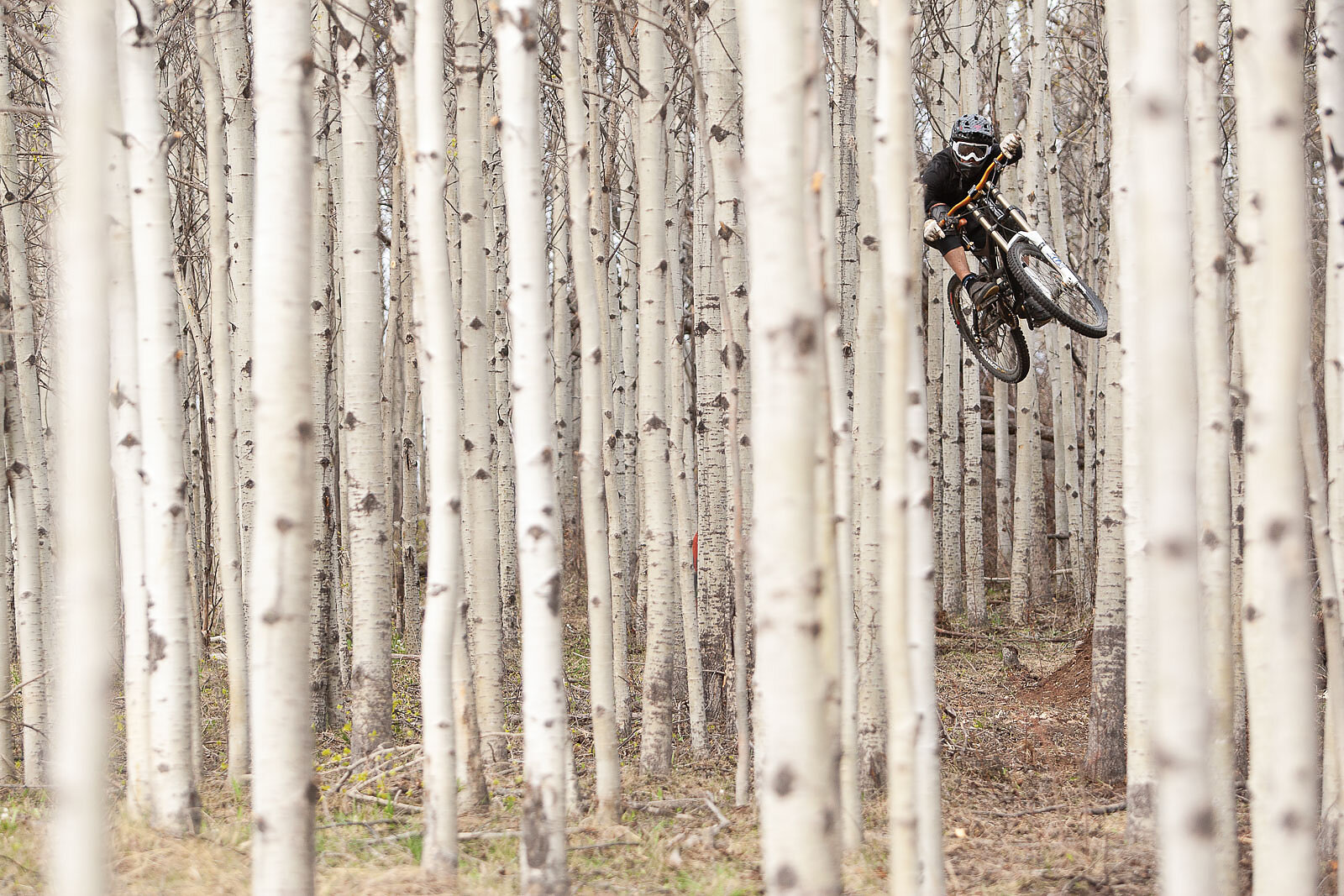
“HE JUST MAKES EVERYONE FEEL GOOD, THAT THEY’RE PART OF THE GANG, AND THAT MAKES PEOPLE WANT TO RIDE AND FOCUS ON THE GOOD STUFF.”
—RON PENNEY
As such, a major part of Hunter’s personal mission as a professional mountain biker is to share this love for trails with his audience. He’s known for photographing empty ribbons of pristine singletrack, and the main emphasis of his Trail Hunter videos is to highlight the beauty of trails and where they can take you.
“He’s kind of created a whole new genre,” says Miles, who has filmed with Hunter for almost a decade. “Ever since that first ‘Lone Wolfe’ video came out, he’s been the relatable mountain man who just wants to go ride bikes in the mountains. It’s not really about him. It’s about sharing the trails, sharing the fun, and showcasing the locals who have been impactful in a certain area.”
This share-the-fun ethos is a fundamental component of Kamloops culture, and many hold that Hunter is a quintessential ambassador of the town’s easygoing, all-inclusive ambience.
“Shortly after I moved to Kamloops, I was riding this trail with a group of locals, and less than two minutes after we’d dropped in everyone just stopped,” says Ron Penney, owner of The Farm, a playground of high-speed trails and jumps that became the go-to hangout for Hunter and his circle of friends. “I’ve never seen anywhere that people stop as much as they do in Kamloops. They ride faster than anyone in any town, and then they just stop and chill hard. It took me three years to relax enough to just ride at the chill Kamloops pace.”
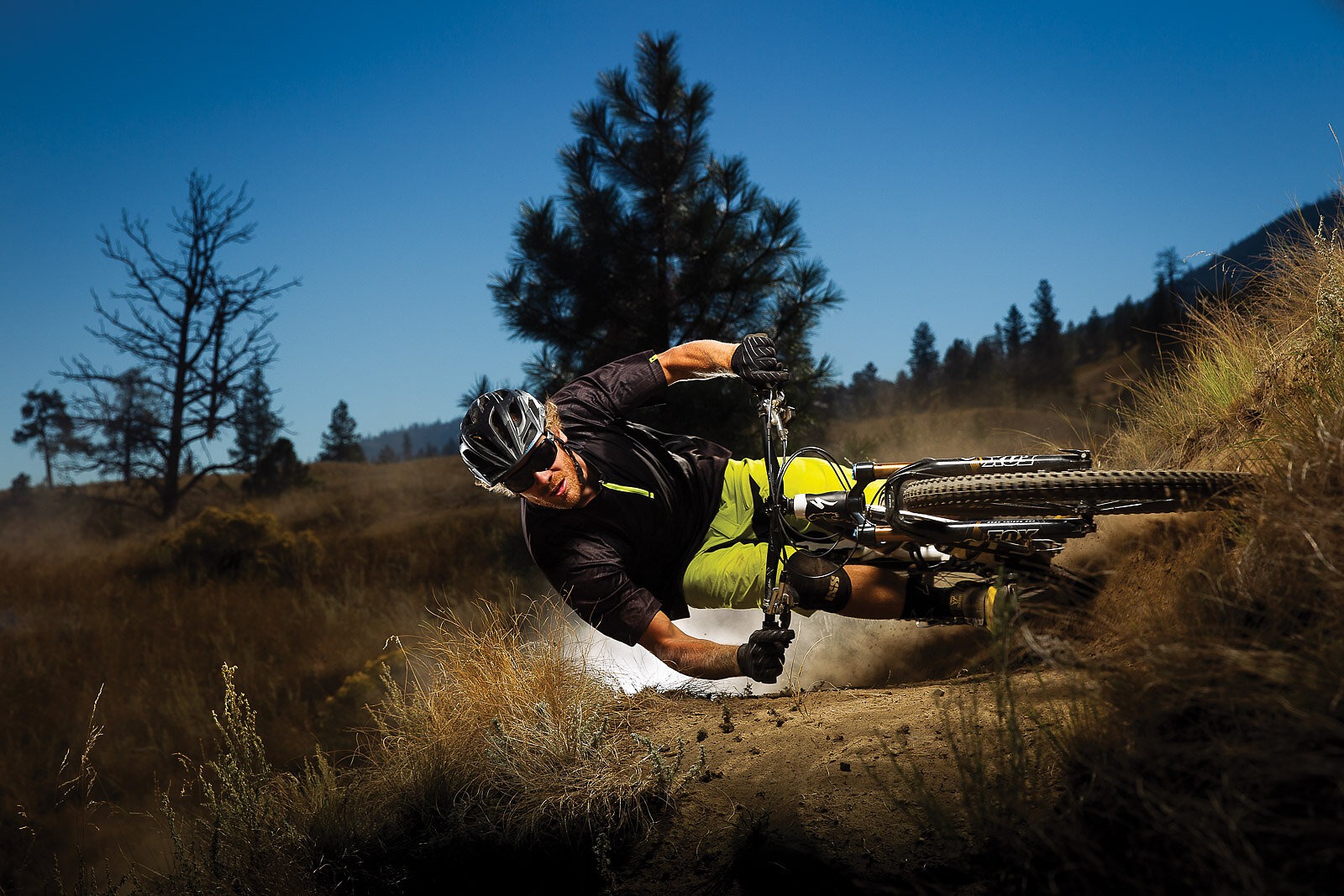
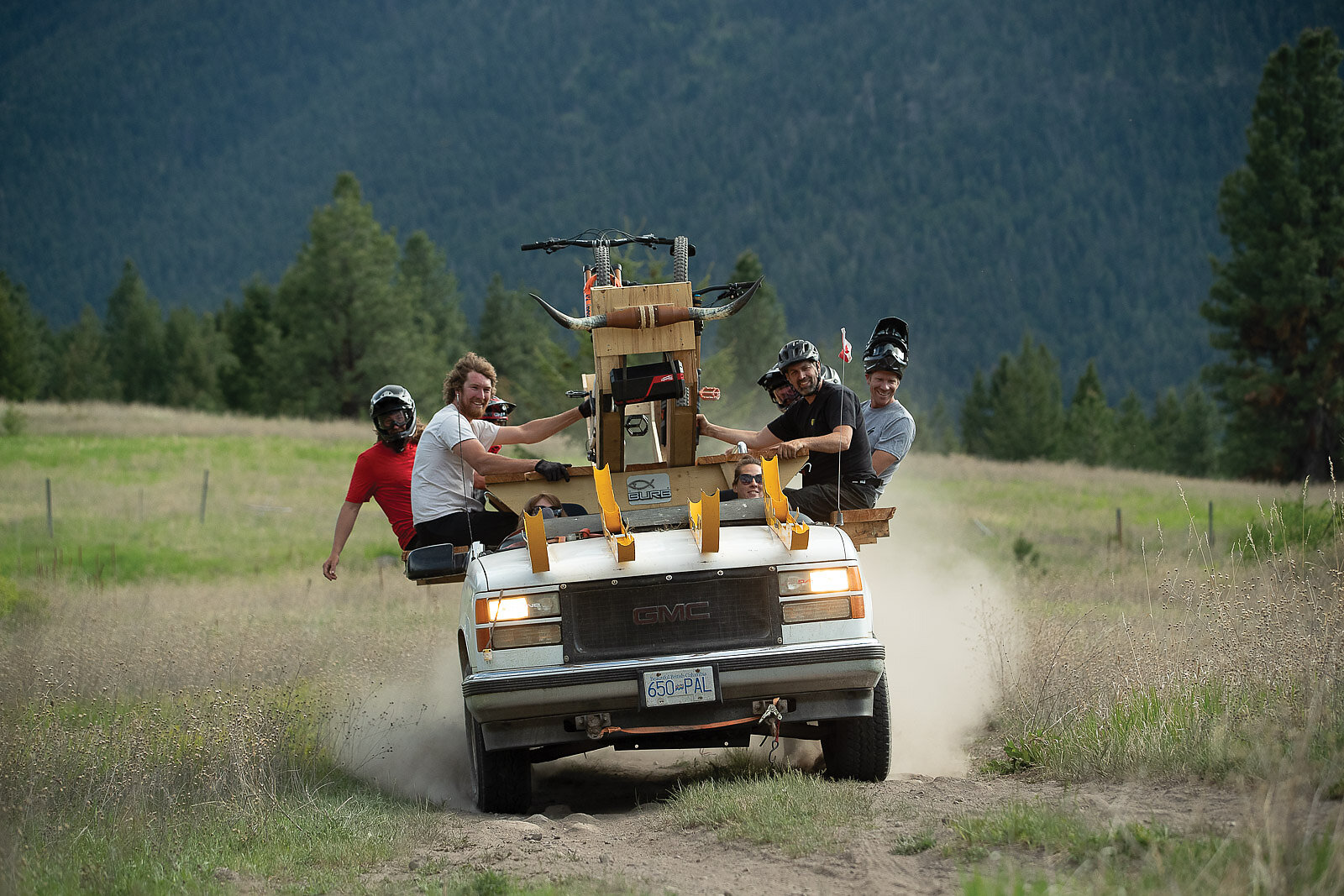
Over time, The Farm (which was all but destroyed by a devastating wildfire in August of 2021) came to represent the send-hard, chill-hard attitude of the Kamloops riding community. Penney and his partner, Krys Green, transformed the 45-acre tract of land into a veritable bike park filled with monumental jumps. Yet the place was designed so that riders of all levels could enjoy it, with roll-arounds lovingly crafted with an eye for speed and flow.
“We made it into a rider sanctuary for people who wanted to come out and chill,” Penney says. “The spirit of the place, and the way it was built, was to include everyone, from the world’s top riders to people who were new to the sport. And when Hunter started bringing people there, it would be one of his sisters or his dad. He wanted to include everyone.”
Hunter’s inclusiveness is deeply ingrained, and his friends and family feel this is one of the primary reasons for his enduring popularity.
“He treats everyone like a person, and he treats everyone the same,” Penney says. “There is no hierarchy, and there is no judgment. He just makes everyone feel good, that they’re part of the gang. And that makes people want to ride and focus on the good stuff.”
This is evident in his Trail Hunter videos, which document him making friends all over the world, ripping trails with them, and laughing the whole way down. From Japan to Jamaica, and Hawaii to South Africa (where the edit was essentially an homage to visionary trailbuilder Hylton Turvey), forging bonds with fellow riders is a central focus. And his enjoyment of this is palpable.
“When he travels to ride and film, he’s always excited about meeting locals and riding with them,” Miles says. “How he’s connected with people throughout the world, and how stoked they are to show him their favorite trails is truly an incredible thing.”
If friendships are a cornerstone of Hunter’s life, then his family is the bedrock. Despite the pressures of being a professional rider, he puts his family above all else. Mini adventures with his wife and two sons are a daily occurrence, and he spends considerable time with his parents, three sisters, and their families.
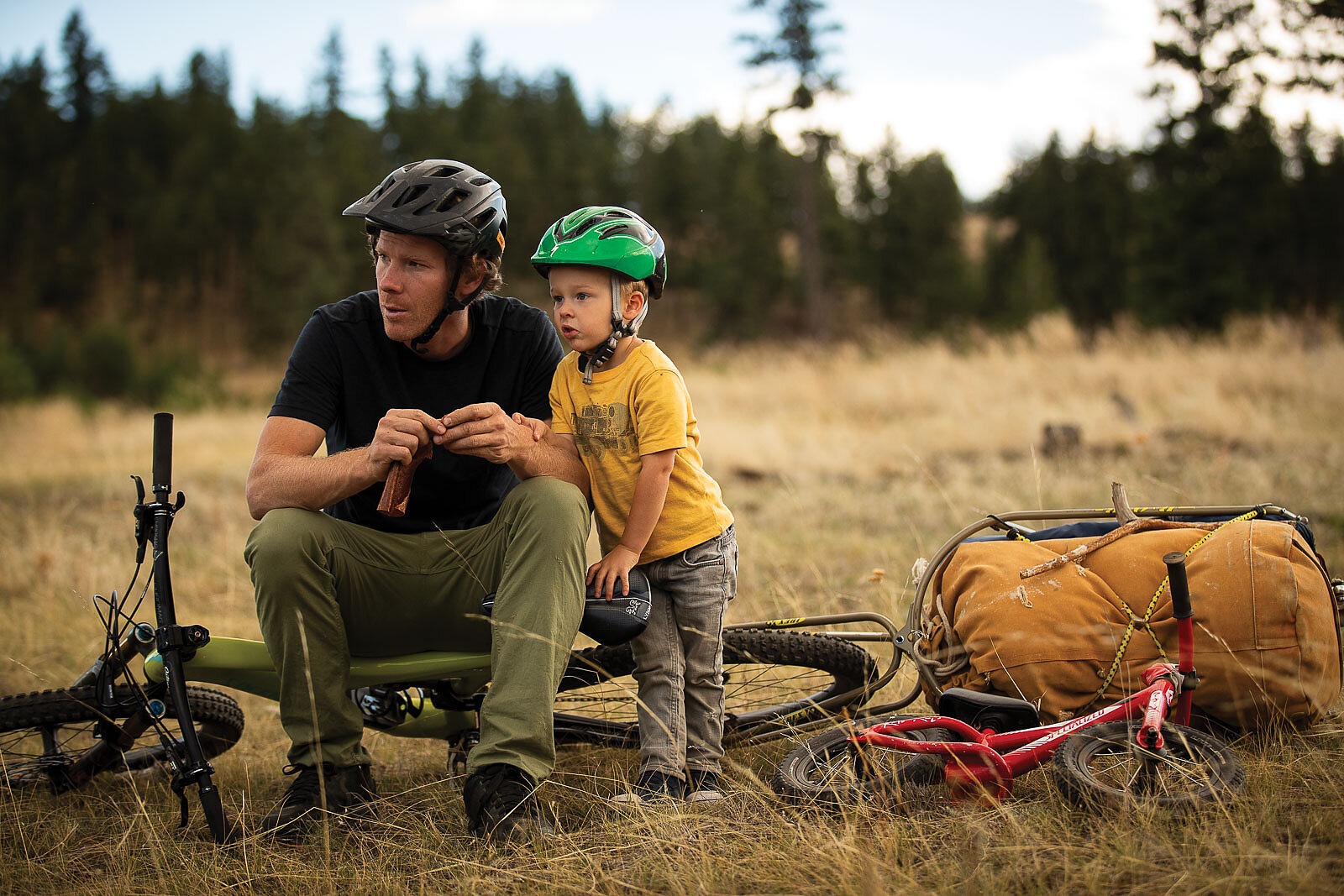
“He really is a family man,” says Vanderham, whose close friendship with Hunter covers more than two decades. “It makes a lot of sense when you meet Matt’s family and see who he grew up with. It’s clear that the family dynamic is extremely important to all of them, and he’s continuing that with his own family.”
By all accounts, Hunter’s love for the bike has spread to his wife, Nikki, and his sons, Robbie, 10, and Russ, 6.
“Biking is so important to our family, and it’s something we can all do together,” Nikki says. “The kids love it. They ride their bikes to and from school, every day, even through the winter. And now Robbie’s old enough that he’s hitting jumps and cornering like a boss.”
The family’s love for riding and all things outdoors is something they’ve chosen to share with Hunter’s following through the “Little Trail Hunter” videos that convey the boys’ wonderment with nature and the joy of riding with family and friends. This message has clear resonance, as evidenced by the hundreds of thousands of views these episodes garner.
The fact that the family is included in these videos is a natural continuation of Hunter’s career-long approach to authentic content creation. Every project he’s been involved with has been a true representation of him and his priorities at the time. Throughout it all, he’s always been himself.
“He’s not an actor,” says Miles. “Everything you see on film is the real Hunter. It’s him and his vibes coming through. And I think over the years people have developed a strong connection to his personality.”
Hunter has been able to nurture this connection with his audience while keeping a pointedly low profile on social media, which is no small feat in an era when quick video snippets and self-indulgent posts are inundating the media landscape. To riders like Hunter, Simmons, and Vanderham—whose reputations were consolidated through magazine exposure and long-form films—shunning the social media frenzy is both natural and dignified.
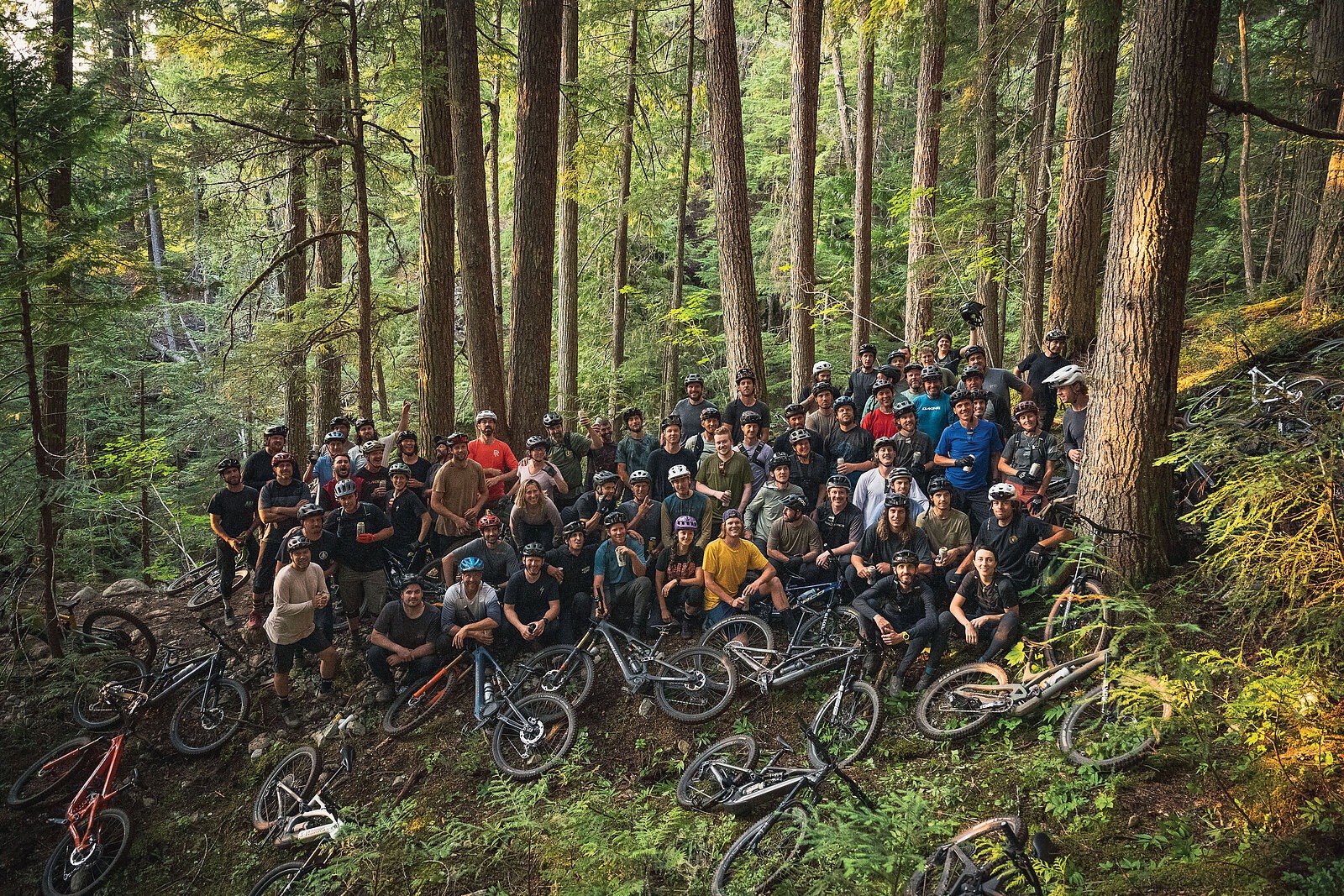
“So much of what you see on social media just doesn’t seem real,” Hunter says. “So many people seem to be doing things just so other people can see them doing the things. The real enjoyment is in actually doing things and appreciating them in the moment.”
Only a fraction of the time Hunter spends on bikes is for photographing or filming purposes, and he finds an excuse to ride almost every day.
“Riding really shapes his life, and it’s so important for him to just get out on soul rides and keep it pure,” Miles says. “These days, there’s a lot of anxiety around being an ‘influencer’ and constantly feeling the need to show the world what you’re doing. But it’s so hard to just enjoy the ride if you’re concerned about getting a photo or a clip. So, most of the time, Hunter just rides.”
In late July of this year, while in Whistler for the Crankworx mountain bike festival, Hunter sets out on what he thinks will be a quiet evening rip with a few friends on a local classic named Dark Crystal. He climbs the long, steep fireroad to the trail entrance at a leisurely pace, using the opportunity, as always, to catch up with his buddies. Unbeknownst to Hunter, the occasion is actually a surprise party to celebrate his 20th anniversary with Specialized. And by the time he hits the bottom of the track he will see many of his favorite people in the world.
Dispersed at intervals along the descent, small factions lie in wait, cheering as he approaches. With each passing group, he becomes more incredulous, hugging and high-fiving his pals before they join the ever-expanding party train. By the time he reaches the final bunch, crouched along a sweeping turn more than halfway down the trail, the crowd, which now includes Nikki, has reached critical mass.
Not only are all of these people his friends, but the congregation of at least 80 is an actual Who’s Who of Mountain Biking—from freeride legends to filmmakers to photographers to his tight-knit Kamloops crew—all united by their common love for him. Some haven’t seen each other for years, and the exuberant assembly lingers until dusk, chatting, laughing, and basking in the exceptionally convivial atmosphere. Reluctantly, they peel off, one by one, to bomb the rowdy final stretch of singletrack. Each of them is jubilant in the recognition that Matt Hunter has brought them all together, without even knowing it.
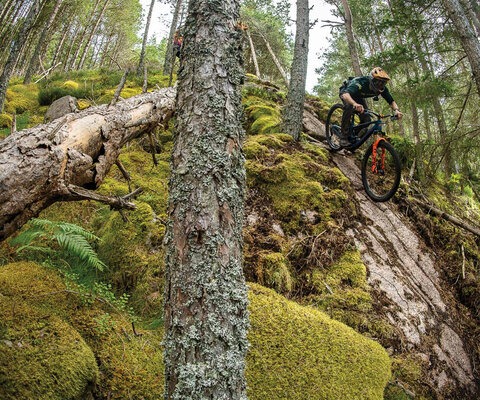
![“Brett Rheeder’s front flip off the start drop at Crankworx in 2019 was sure impressive but also a lead up to a first-ever windshield wiper in competition,” said photographer Paris Gore. “Although Emil [Johansson] took the win, Brett was on a roll of a year and took the overall FMB World Championship win. I just remember at the time some of these tricks were still so new to competition—it was mind-blowing to witness.” Photo: Paris Gore | 2019](https://freehub.com/sites/freehub/files/styles/grid_teaser/public/articles/Decades_in_the_Making_Opener.jpg)
